This post might seem like the simplest thing in the world, but in keeping with my realization that the “why” reveals a great deal about the “what” in my kitchen, I’m about to unwrap the secret of the most favored cheese in the Gura household—the parm-romano blend. We buy chunks of parmesan or Parmigiano-Reggiano and Pecorino-Romano and shred them together at home. All the hyphenated names can be a little confusing, and the quality of the cheese is of utmost concern, so here’s a little background info to help you identify one from another.
What kind of cheese is parmesan?
Parmesan and Parmigiano-Reggiano (which might be one and the same) are made with cow’s milk, then aged for a period of time—depending on where the cheese is produced, it could be aged for a year or up to three years. The longer it ages, the sharper and more salty the cheese becomes. It is crumbly and doesn’t melt well, but parmesan’s intense flavor provides a nice “finishing” touch, as you have no doubt enjoyed on foods such as pizza, mac & cheese or pasta dishes.
What’s the difference between “parmesan” and “Parmigiano-Reggiano?”
Maybe nothing—or perhaps everything, depending on where the cheese is made. Within Europe, both terms are protected under European Union laws and used to identify that the cheeses are produced in the upper-middle region of Italy under the supervision of a special consortium. But once you move outside the E.U., the term “parmesan” could indicate the cheese is a similar style, but not authentic to that region. If you really want to dive deep into this subject, check this out, but you better pack a lunch because it’s a lot to learn. The bottom line is, the only way to know for sure that you have the real deal cheese is to look for this seal of authenticity, which you can really only see if you’re looking at one of the huge wheels of cheese.

Once the cheese is already cut and wrapped or shredded, its true origin is anybody’s guess, but the seal doesn’t lie and reputable suppliers won’t either.
What kind of cheese is pecorino? And how is it different from Pecorino-Romano?
Like Parmigiano-Reggiano, pecorino is a hard, salty cheese produced in Italy and name-protected by the EU laws. This one, however, is made from sheep’s milk rather than cow’s milk. It is lighter in color (and typically less expensive) than parmesan and has a slightly funky flavor, though not in a pungent way as goat cheese. The word “pecorino” literally means “sheep” and the other name listed with it identifies where the cheese was produced. Thus, Pecorino-Romano is sheep’s milk cheese, produced in Rome. You might also see pecorino produced in Sicily, Tuscany, Sardinia or other Italian regions, and they will also be high quality and delicious.
Why do you blend the cheeses?
Put simply, I love blends of many things, including wine, coffee and grains because you get the best of what’s great about the individual components. The same is true with cheese—marrying two (or more) varieties creates complexity and interest. As with so many things I do in the kitchen, shredding the blocks of cheese at home ensures that we have a more pure product, free from additives such as cellulose powder and artificial preservatives. This DIY cheese tradition was started in our house by my husband, Les, who began shredding his own blend many moons ago. It’s cost-effective and easy to do (especially with a food processor), and we go through it pretty quickly because we love it in so many different foods, including many of the dishes I’ll share with you closer to Thanksgiving.
Let’s start shredding!
Ingredients
1 block parmesan or Parmigiano-Reggiano (cold)*
1 block Pecorino-Romano (cold)
*Notes
It is not necessary to use equal amounts of the cheeses you’re blending. At our house, we frequently use a slightly higher percentage of parmesan, and we have also occasionally thrown a third cheese such as asiago into the mix. The important thing to consider for long-term freshness is moisture content—you want to keep it low. I would not recommend adding a soft, high-moisture cheese such as mozzarella or fontina to this mix, as you will lose the texture and also the longevity of the finished blend.
I recommend working with cold cheese, as it shreds more evenly and reduces clumping in the final mixture.
Instructions
I’ve used this parm-romano blend in several recipes already on Comfort du Jour. Obviously, any kind of pizza and most Italian foods are a perfect canvas for this cheese blend, but as you see, there are many other great uses as well. Leave a comment to share your own ideas!








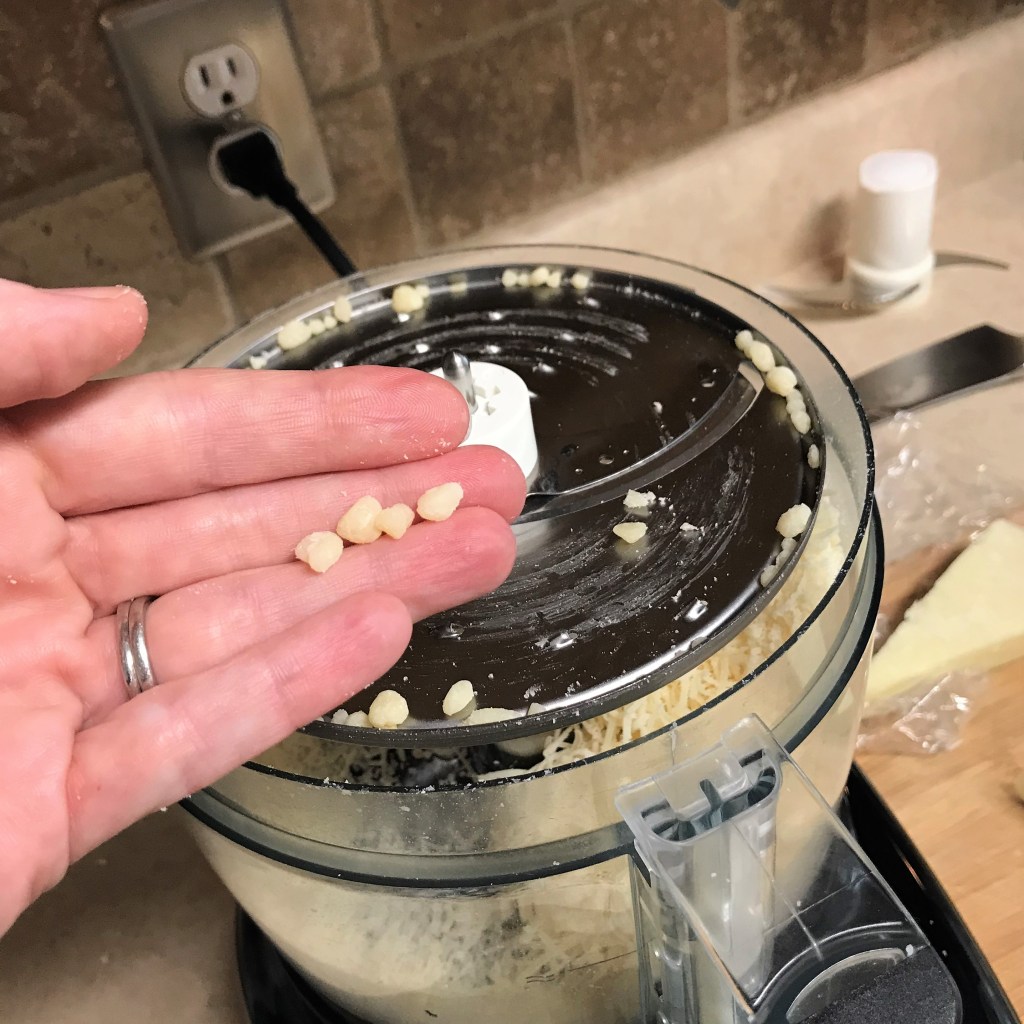



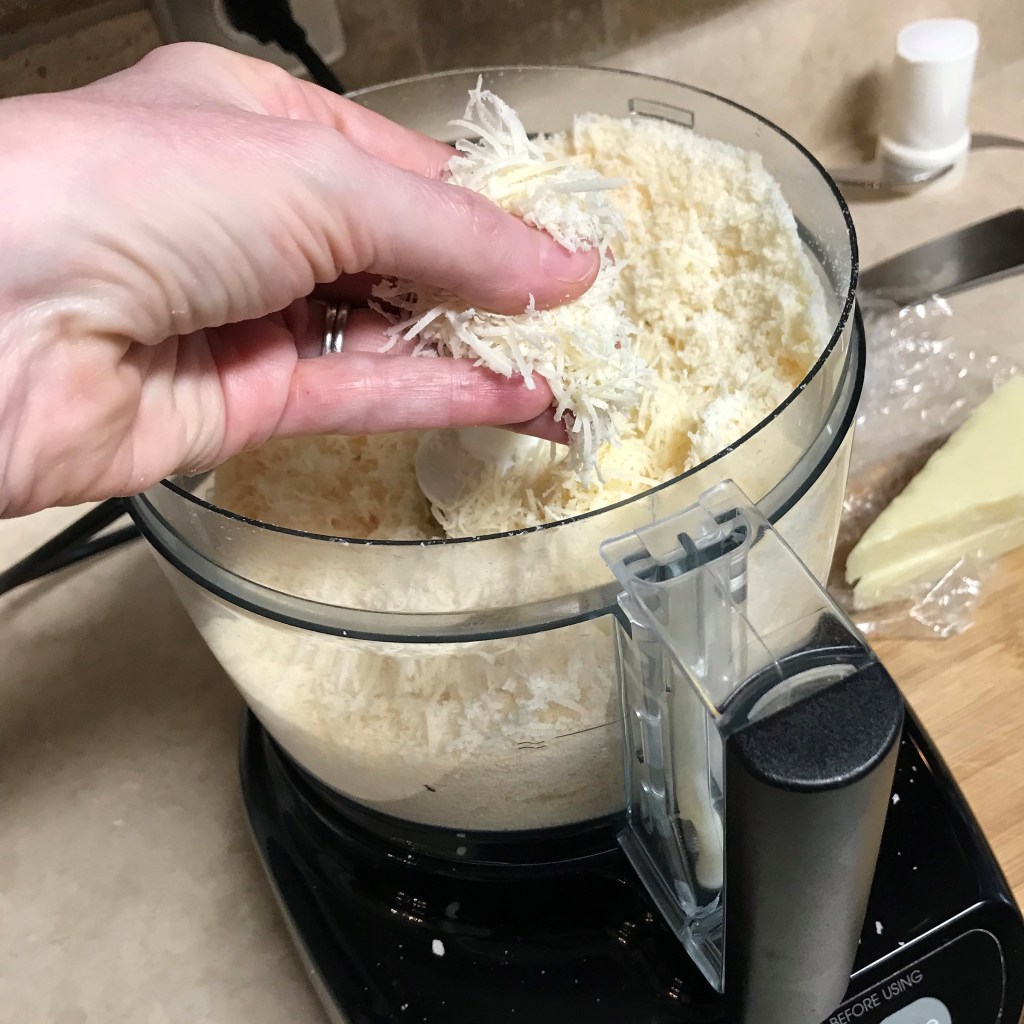

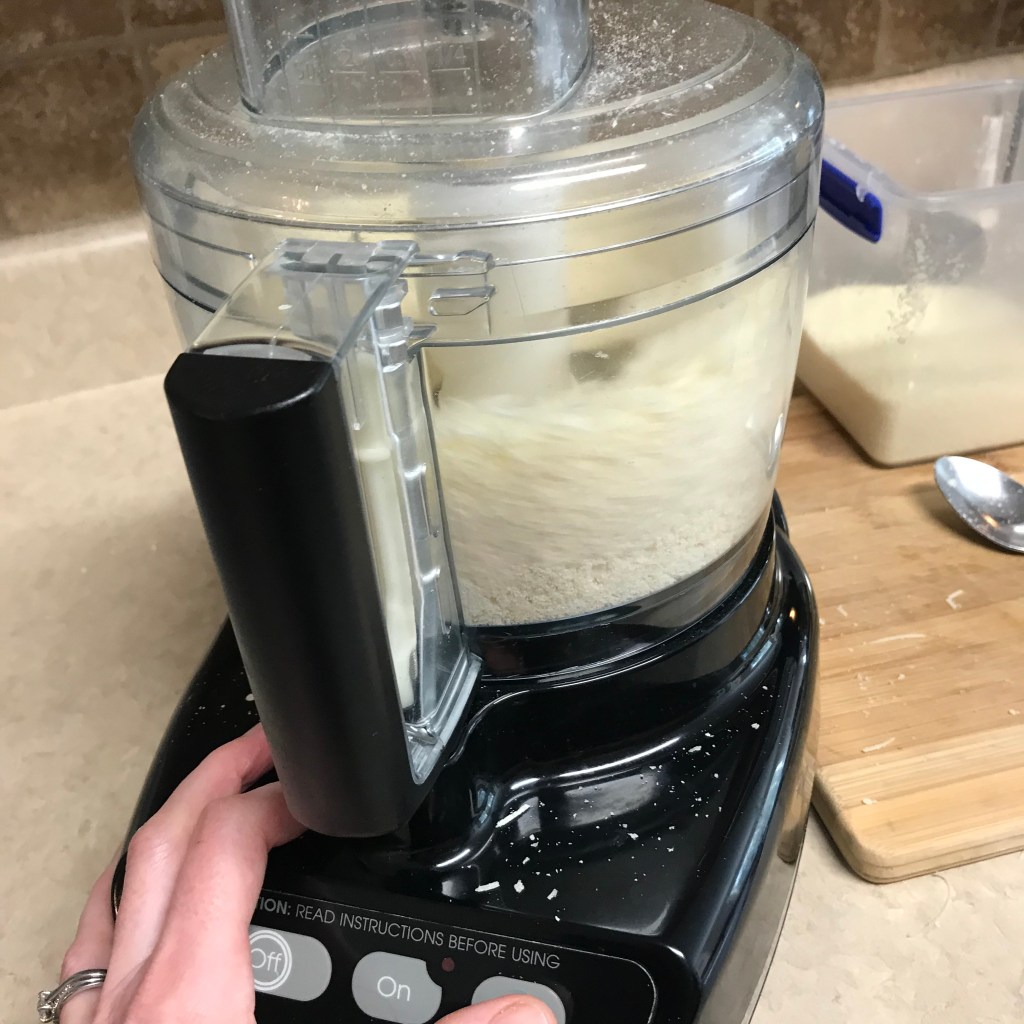


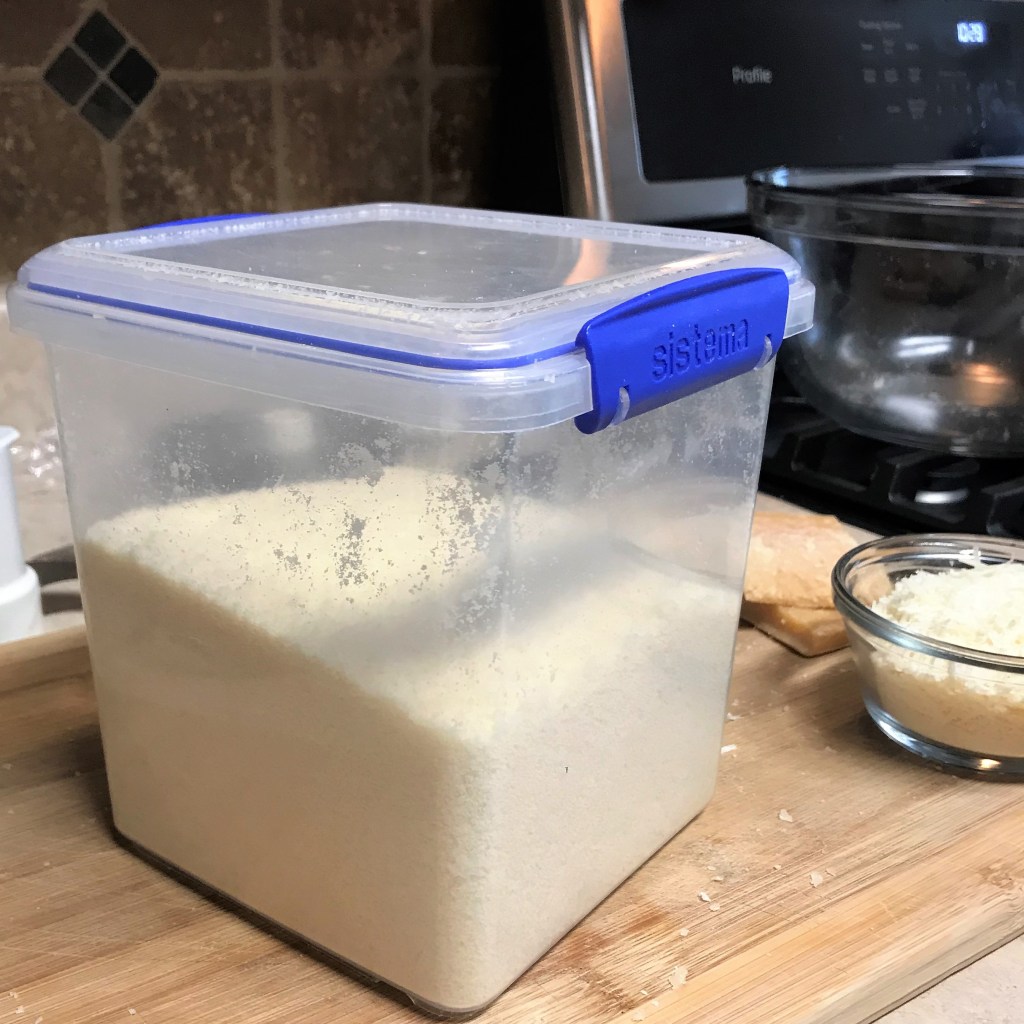



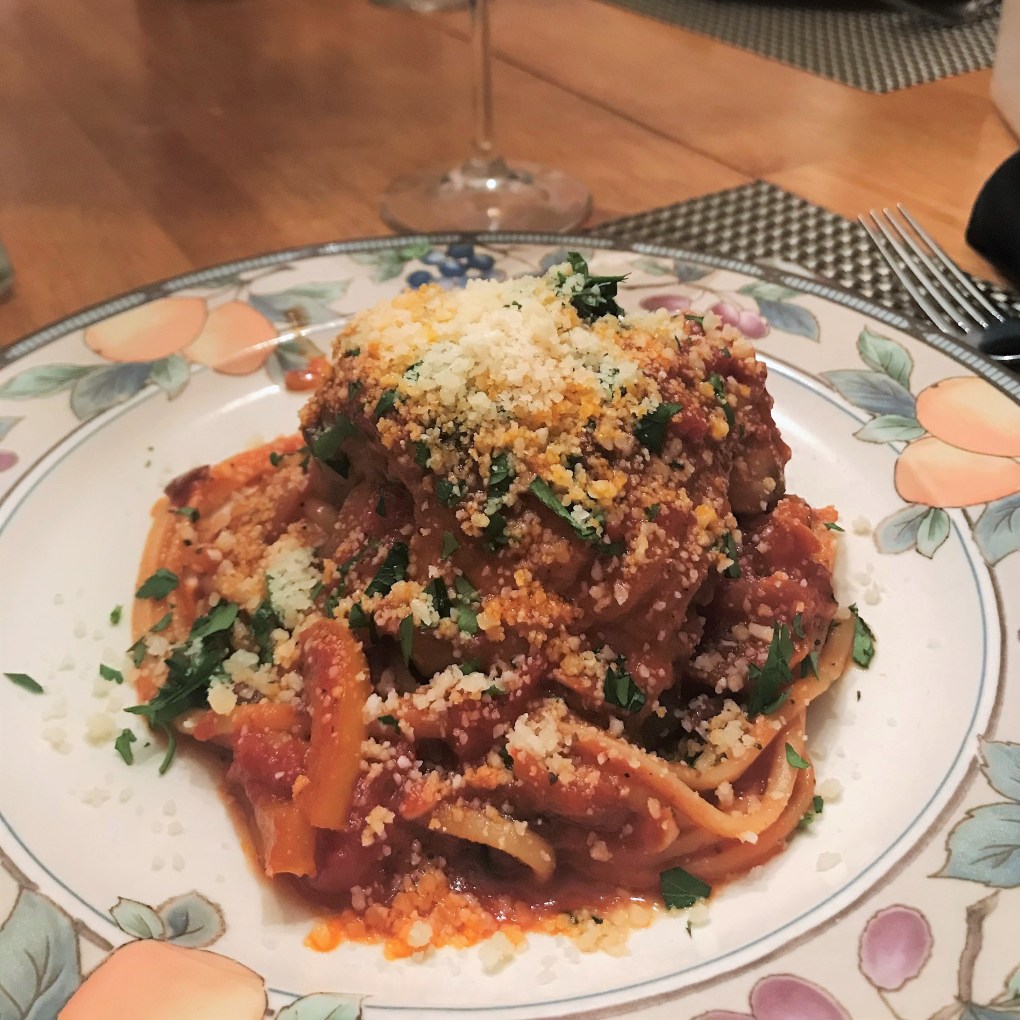
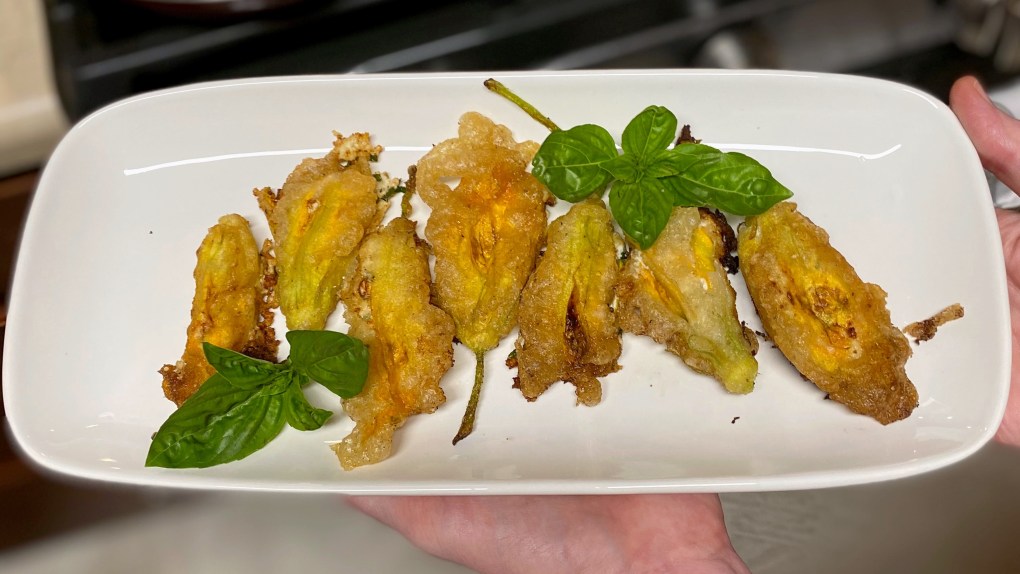


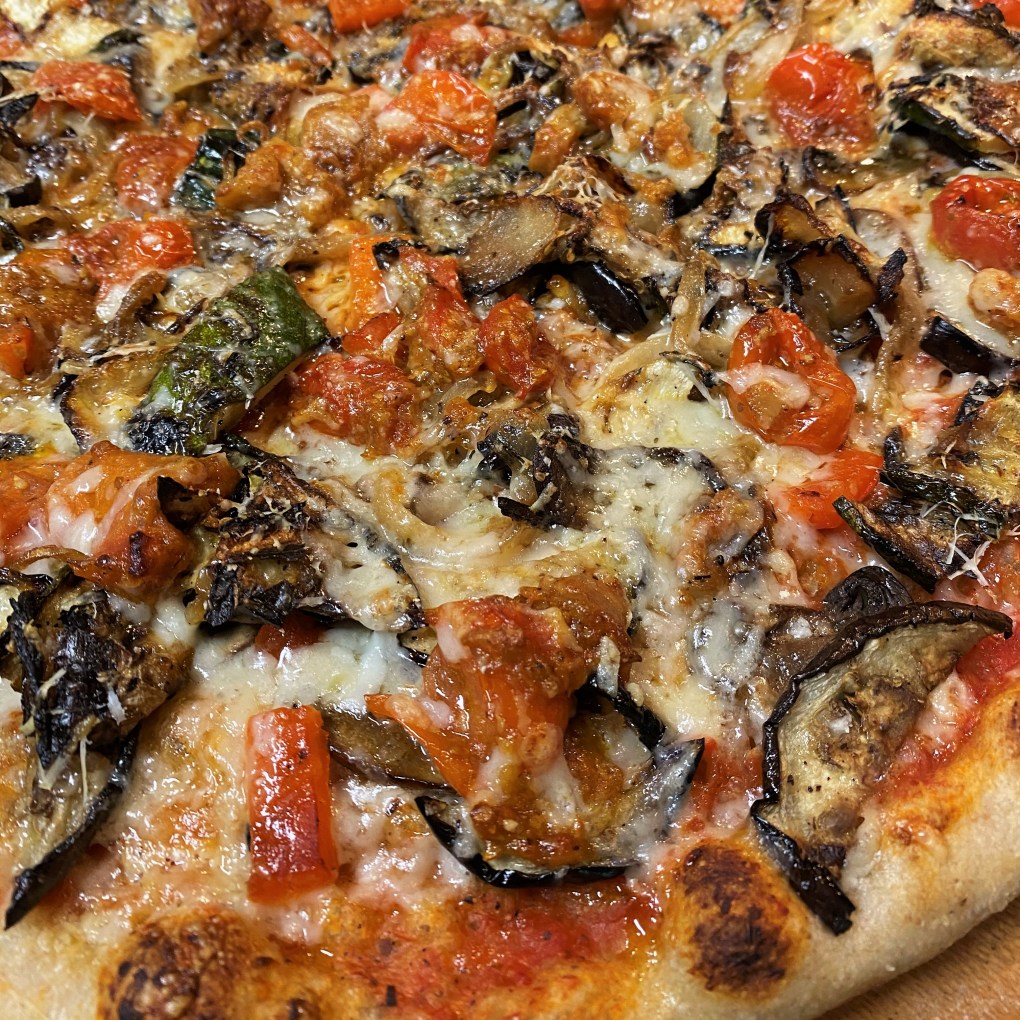
Pingback: Muffuletta Pizza | Comfort du Jour
Pingback: Shrimp Scampi Pizza | Comfort du Jour
Pingback: Handmade Beet Ravioli Hearts 💕 | Comfort du Jour
Pingback: Philly Cheesesteak Dip | Comfort du Jour
Pingback: Pumpkin Pappardelle | Comfort du Jour
Pingback: Garlic Mashed (Terrie’s favorite potatoes) | Comfort du Jour
Pingback: Eggplant Parm Pizza! | Comfort du Jour